The Murky World of Recreational and Commercial Drone Use
As the popularity of drones continues to soar, the line between recreational and commercial use has become increasingly blurred. In a recent game show segment, the Pilot Institute offers a glimpse into the tricky scenarios drone pilots can face when it comes to following the rules.
The contestant, Greg Reverdiau, a seasoned flight instructor and drone pilot, ‘struggled’ to navigate the nuances of Part 107 regulations and recreational drone use. His responses highlighted the common misconceptions many drone operators have about the legality of their flights.
Scenario 1: Nonprofit Roof Inspection
In the first scenario, Kate volunteered to fly her drone to inspect a church roof for a nonprofit organization. While she was not getting paid, the purpose of the flight was still deemed commercial, requiring a Part 107 certification.
“A recreational flight is strictly for fun, not for money, not for work, not for business purposes,” Greg explained. “So in this scenario, whether Kate is getting paid or not, she is flying for a business purpose, and that is considered to be Part 107.”
Scenario 2: Filming a Soccer Game
The second scenario involved Jason filming his son’s soccer game with his drone. While he was not getting paid, the coach had asked him to capture the game for the team to review later. This meant the flight was considered commercial, not recreational.
“If he’s flying for the team, that’s for business purposes, he needs a Part 107,” Greg acknowledged, despite initially classifying the flight as recreational.
Scenario 3: FPV Practice
In the third scenario, Ethan was flying an FPV drone with a visual observer to maintain visual line of sight. While this may seem like a recreational activity, the fact that Ethan held a Part 107 license meant he was required to follow those regulations, even if he was flying solely for practice.
“In this case, the only purpose of the flight is to have fun, so that’s recreational,” Greg said, missing the crucial detail that Ethan had chosen to fly under Part 107 rules.
Scenario 4: Upgrading a Drone
The fourth scenario involved Zach, a Part 107 pilot, taking his drone out to test new features. While he could have chosen to fly recreationally, Greg assumed that Zach was flying under Part 107. However, Zach’s Part 107 certificate had expired… so Zach needs to take the recurring training.
Scenario 5: Unlicensed Commercial Flight
The final scenario presented the most significant risk, with Beau flying a drone to map and measure a plot of land for a client, despite not having a Part 107 certificate. Greg recognized this as an illegal commercial flight but suggested that a licensed pilot could supervise the flight to make it Legal.
“He doesn’t have a Part 107 certificate, so that would be technically an illegal flight,” Greg said. “Hopefully, he’s not doing that unless he has [a licensed pilot] supervising the flight.”
FAA Drone Regulations are More Than Just a Game
As the Game Show concluded, the message was clear: drone regulations are intricate, but with a keen understanding and the right guidance, navigating them can become second nature.
Whether you’re a novice pilot or a seasoned professional like Greg, staying informed and compliant is key to ensuring safe and legal drone operations. And sometimes, learning these lessons can be as engaging as a game show – minus the Phantom 1 prize and the elusive Blockbuster gift card.
Remember, in the ever-evolving landscape of drone flight, knowledge is not just power; it’s a requirement.
Is It Recreational or Part 107? Navigating the FAA’s Drone Flight Rules
Flying drones can be an exciting hobby or a lucrative business opportunity, but it’s crucial to understand the Federal Aviation Administration’s (FAA) rules governing recreational and commercial drone flights.
To provide more information on the FAA drone regulations, we’ll explore the key differences between recreational and Part 107 flights and offer tips on flying safely and legally.
Defining Recreational and Part 107 Flights
Recreational drone flights are strictly for fun, not for money, work, or business purposes. On the other hand, Part 107 flights, also known as commercial flights, are those conducted for any business-related purpose, such as aerial photography, inspections, or deliveries.
It’s important to note that whether you’re getting paid or not doesn’t always determine the type of flight. As Greg explained, “It’s all about the purpose of the flight.”
Rules for Recreational Flights
When flying recreationally, you must follow the rules outlined in 14 CFR Part 101, specifically Section 44809. Key requirements include:
- Registering your drone with the FAA if it weighs more than 0.55 pounds (250 grams)
- Flying within visual line of sight
- Not interfering with manned aircraft
- Not flying directly over people, moving vehicles, or crowds
Rules for Part 107 Flights
To fly under Part 107 rules, you must:
- Obtain a Part 107 Remote Pilot Certificate
- Register your drone with the FAA regardless of its weight
- Fly within visual line of sight
- Maintain a maximum altitude of 400 feet above ground level
Part 107 pilots can choose to fly under these rules even when flying for fun. However, it’s crucial to keep your certificate current.
As Greg points out, “In order to keep his license, he’s going to have to do the test on the FAA website. It’s free, pretty simple, but if he hasn’t done the training, then he can still fly the drone, it’s just going to have to be on recreational rules until he’s done with the training.”
Flying over People
Recreational Flights
When flying recreationally, you are not allowed to fly your drone directly over people who are not participating in the operation, unless:
- The people are located under a covered structure
- The people are inside a stationary vehicle
This rule applies even if you’re flying a categorized drone or one proven under Part 107.
Part 107 Flights
Under Part 107 rules, flying over people is permitted if your drone meets certain requirements. As of April 21, 2021, the FAA allows four categories of drones to fly over people and moving vehicles:
- Category 1: This category includes drones weighing less than 0.55 pounds (250 grams) that do not have any exposed rotating parts that could lacerate human skin. Drones in this category are allowed to fly over people without any additional requirements.
- Category 2: Drones that weigh more than 0.55 pounds can qualify for this category if the manufacturer demonstrates that if the drone were to strike a person, the injury would be below a certain severity threshold.
- Category 3: Similar to Category 2, but with a higher injury severity threshold. Drones in this category can fly over people if the manufacturer demonstrates that the drone meets the injury severity threshold and complies with maintenance, inspection, and training requirements.
- Category 4: This category is for drones that have an airworthiness certificate issued by the FAA. Drones in this category can operate over people according to the limitations specified in the certificate. This might include specific operational limitations or requirements for pilot training and maintenance.
The kinetic energy levels referred to in the context of drones flying over people, particularly for Categories 2 and 3 under the FAA’s Part 107 regulations, relate to the amount of energy transferred upon impact in the event of a collision with a person. These energy levels are crucial for determining the potential injury severity from a drone crash or collision.
For Category 2 drones, the FAA requires that the drone must not cause injury more severe than that caused by a transfer of 11 foot-pounds (15 Joules) of kinetic energy upon impact with a person.
For Category 3 drones, the threshold is higher; these drones must not cause injury more severe than that caused by a transfer of 25 foot-pounds (34 Joules) of kinetic energy upon impact.
These kinetic energy thresholds are part of the FAA’s means to ensure that drones flying over people have a minimized potential for causing harm. Manufacturers must demonstrate through testing or analysis that their drones meet these requirements to qualify for operation over people under Categories 2 or 3. This includes showing that the drone’s impact energy will not exceed these levels in the worst-case scenario of a collision.
To fly over people under Part 107, you must:
- Meet the requirements for one of the four categories
- Have a Remote Pilot Certificate
- Conduct a pre-flight inspection
- Fly over people only during the day or civil twilight
- Maintain visual line of sight
- Comply with all other Part 107 rules
It’s crucial to note that even if your drone meets the requirements, you must still ensure that you’re not flying over open-air assemblies of people unless you have a waiver or exemption from the FAA.
For the most up-to-date information on flying over people, always refer to the official FAA guidelines:
DroneXL’s Take
Understanding the difference between recreational and Part 107 flights is essential for all drone pilots. By knowing the rules and flying responsibly, you can ensure a safe and enjoyable experience for everyone.
As host Errol “quads don’t need roads” MC Jones reminds us, “Whether you’re flying recreationally or under Part 107, know your rules and fly safe.”
For more information on FAA drone regulations, visit:
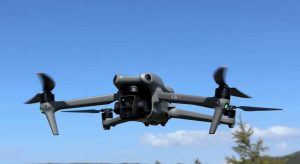
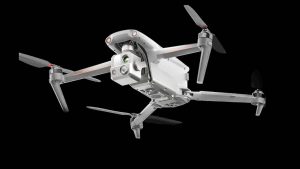

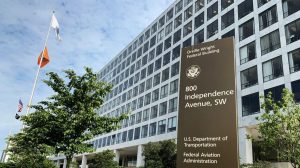
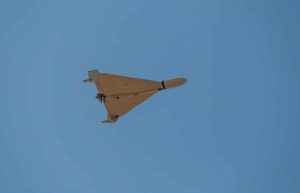
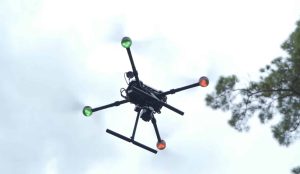
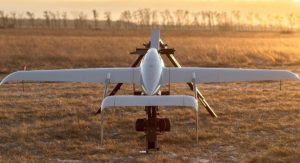
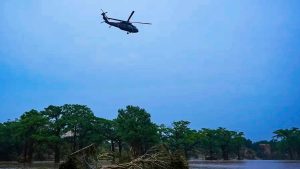

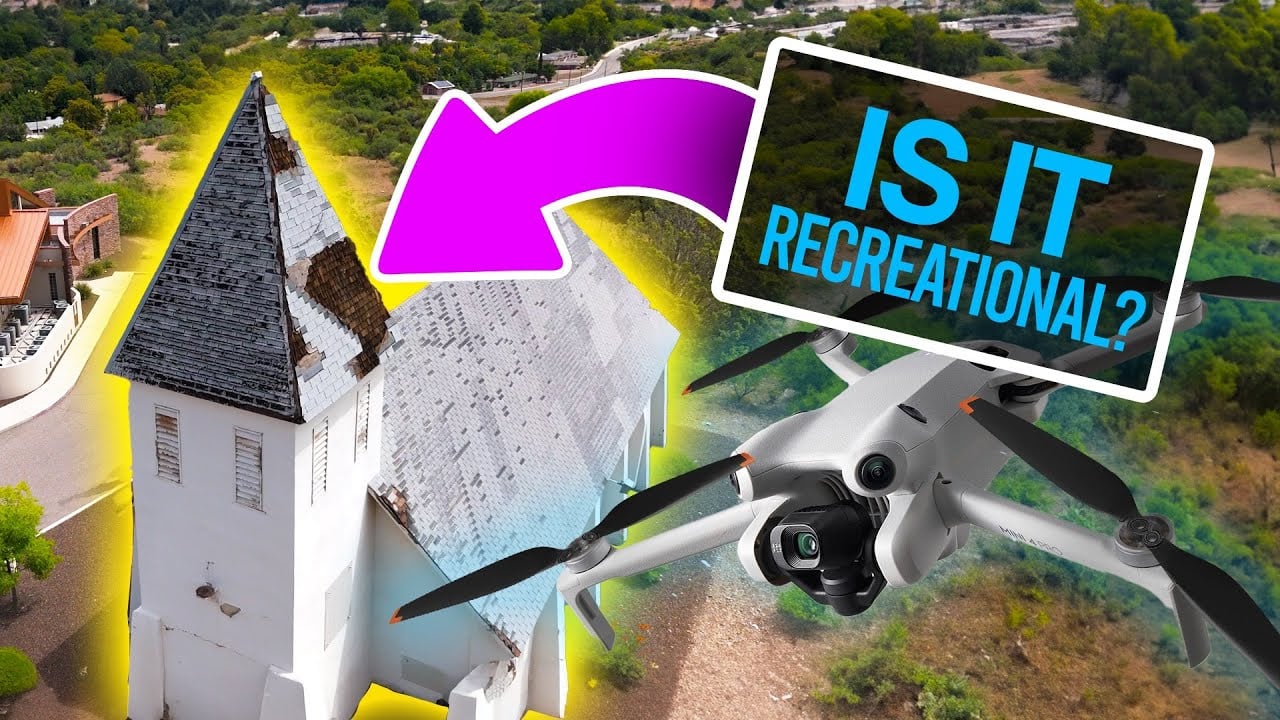

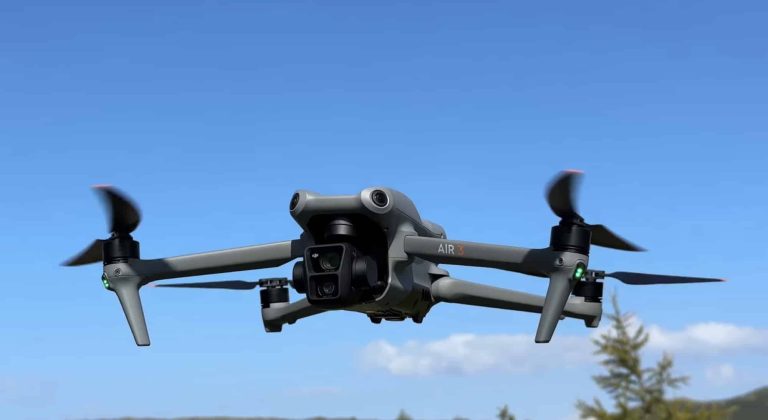
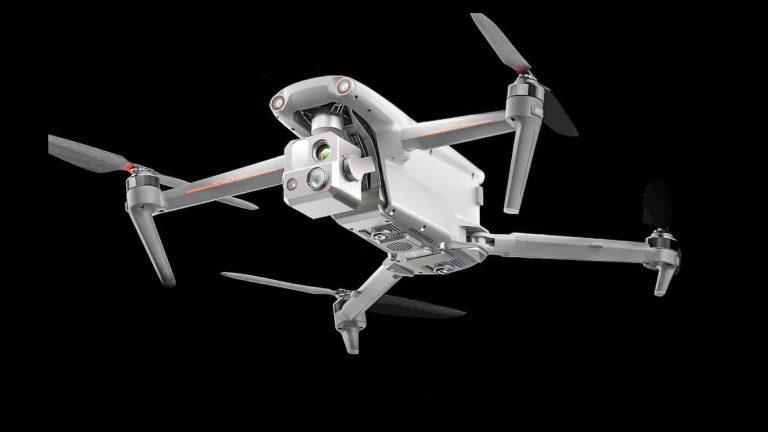
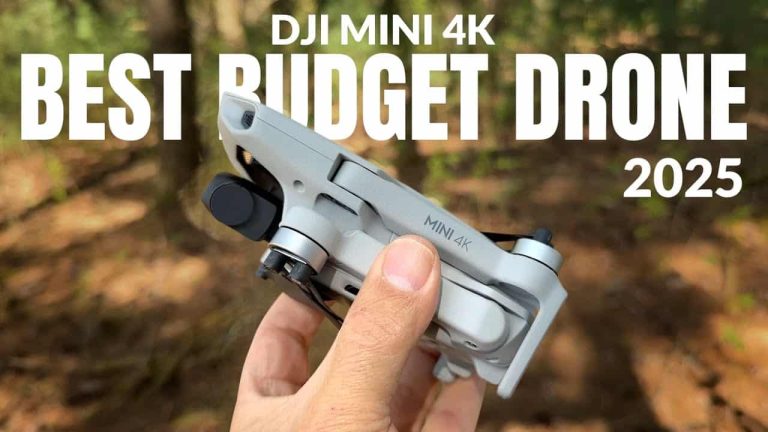

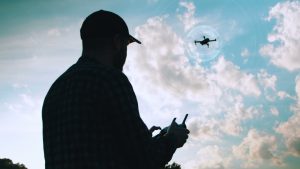

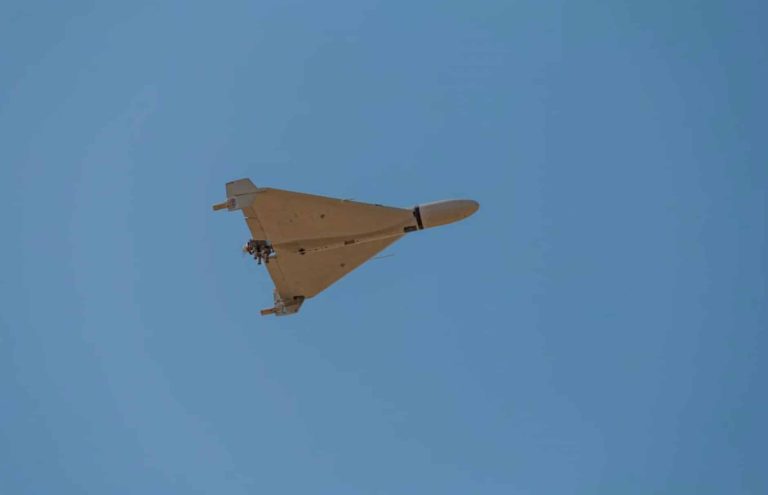
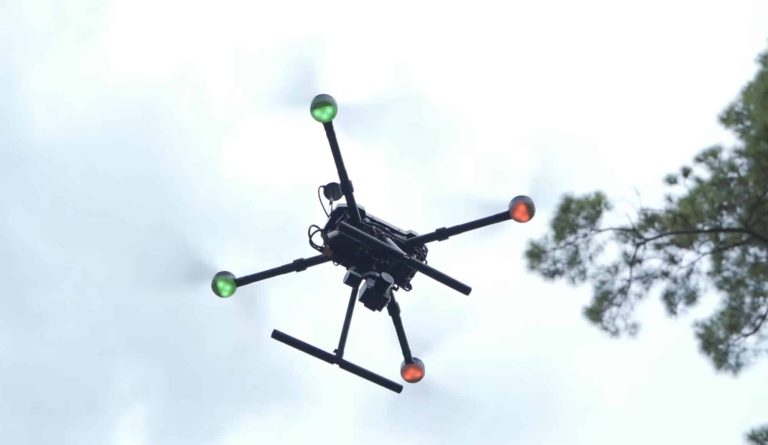
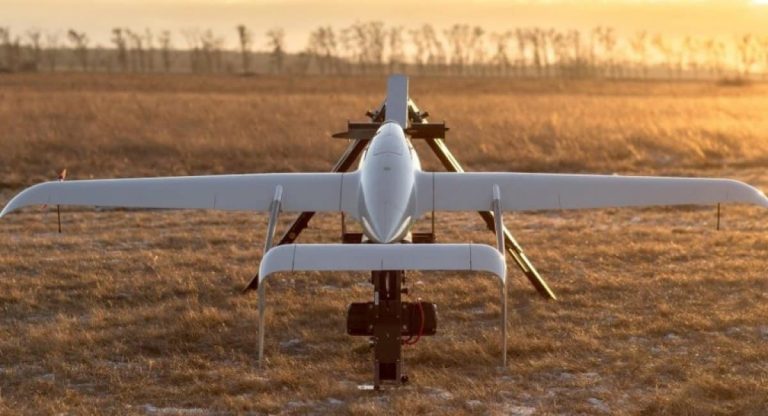
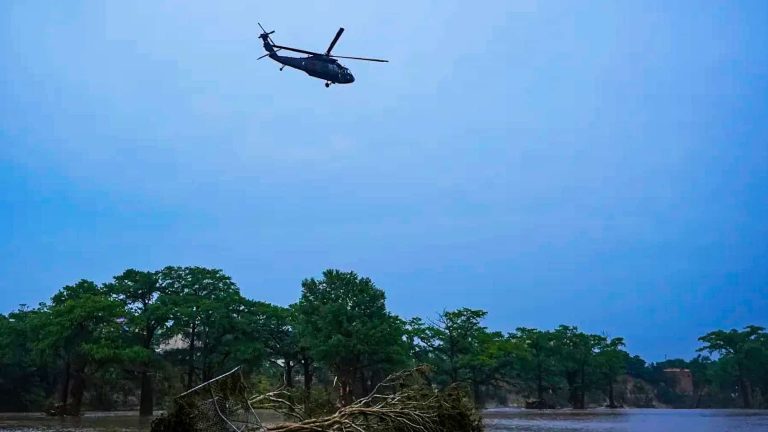
+ There are no comments
Add yours